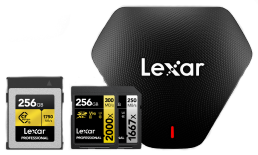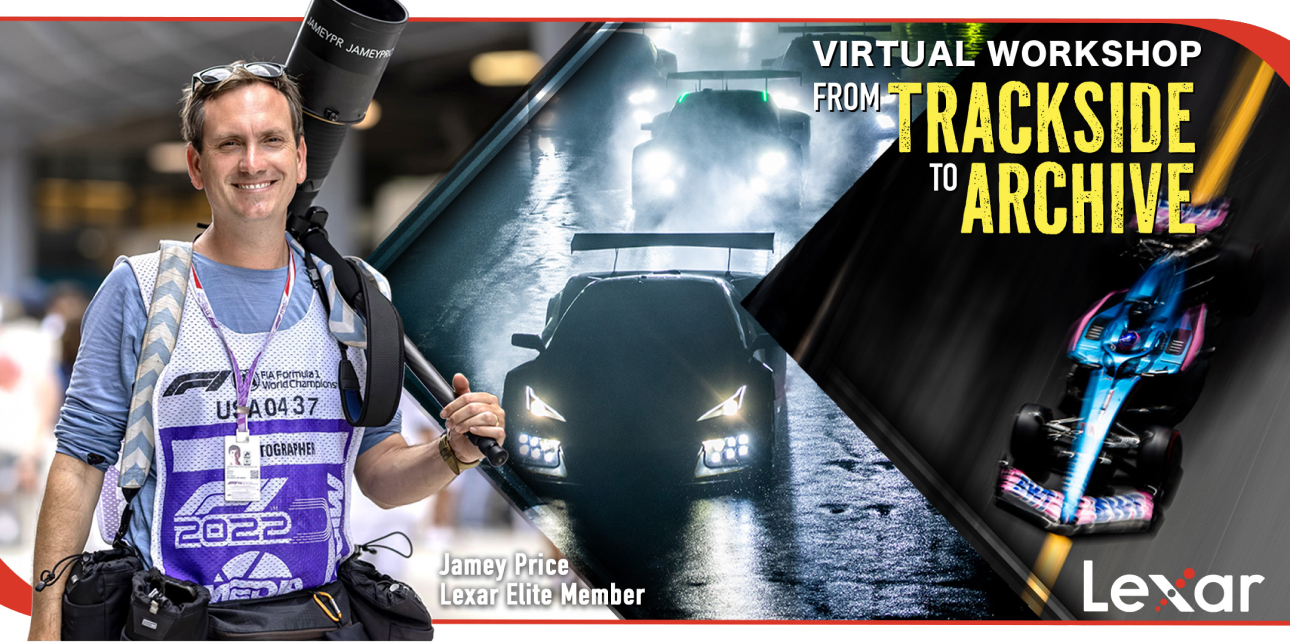
Building a high-performance video editing setup requires fast storage, efficient data management, and seamless workflow integration. Whether you’re working with 4K, 8K, or RAW footage, having the right storage solution is crucial for smooth editing, quick rendering, and reliable backups.
Lexar provides professional-grade storage solutions that enhance video editing workflows with high-speed SSDs, CFexpress cards, and portable drives designed for content creators, filmmakers, and video editors.
In this guide, we’ll explore the best storage and workflow solutions from Lexar to help you build the ultimate video editing rig.
Why High-Speed Storage Is Essential for Video Editing
Video editing involves large files, multiple layers, and intensive processing, requiring fast and reliable storage for optimal performance.
Whether you’re building your first editing setup or upgrading a professional studio, here are the key storage considerations to get the performance you need.
Key Storage Factors for a Smooth Video Editing Workflow:
✔ Fast Read/Write Speeds: Essential for real-time playback and rendering.
✔ High Storage Capacity: Ensures enough space for RAW, ProRes, and 8K footage.
✔ Reliable Performance: Prevents lag, dropped frames, and slow exports.
✔ Efficient File Management: Keeps projects organized and accessible.
Lexar’s high-performance storage solutions ensure seamless video editing workflows without performance bottlenecks.
Choosing the Best Storage for Your Video Editing Setup
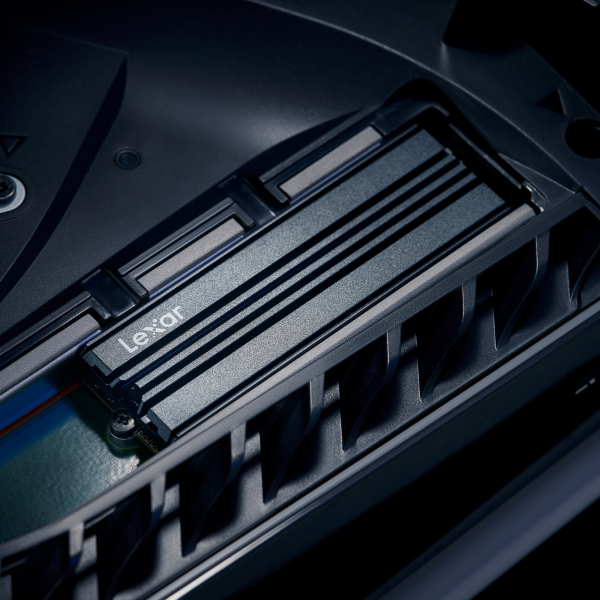
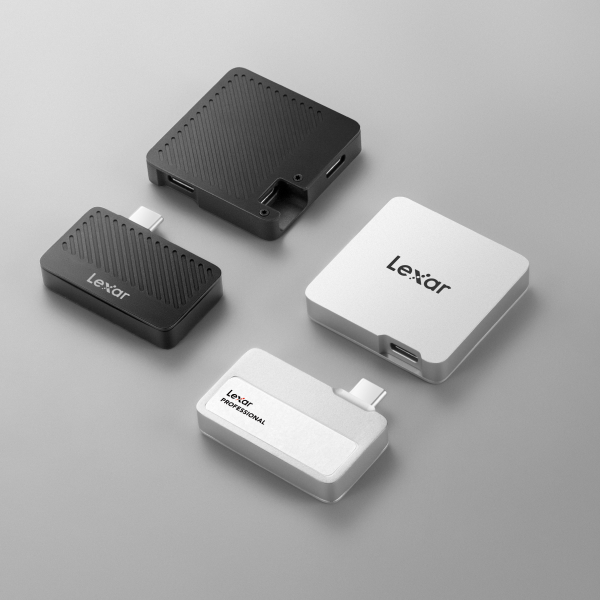
Different video editing setups require specific storage solutions to optimize performance.
From blazing-fast internal SSDs for real-time editing to portable drives built for on-location transfers, choosing the right tools ensures your workflow runs without delays.
1. Internal SSDs for Faster Editing & Rendering
✔ Lexar NM790 NVMe SSD: Ultra-fast PCIe Gen 4 speeds for smooth 4K/8K editing.
✔ Lexar NM800 PRO SSD: Optimized for real-time editing, rendering, and playback.
✔ NVMe vs. SATA SSDs: NVMe drives offer faster speeds and lower latency than traditional SATA SSDs.
Best For: Video editors needing maximum speed for real-time processing.
2. External SSDs for Portable Editing
✔ Lexar SL500 Portable SSD with Magnetic Set: High-speed, travel-ready storage designed for on-the-go editing and organized cable management.
✔ Lexar Professional Workflow Portable SSD: Modular, high-speed external storage built for managing large video files with seamless integration into your editing setup.
✔ Portable SSDs vs. HDDs: SSDs offer faster speeds, better durability, and shock resistance.
Best For: Editors needing fast, portable storage for location-based projects.
3. Memory Cards for Cameras & Capture Devices
✔ Lexar Professional CFexpress 4.0 Type B Cards: Delivers ultra-fast transfer speeds for offloading high-bitrate 8K video files quickly and efficiently into your editing workflow.
✔ Lexar Professional 2000x SDXC UHS-II Card: Optimized for 4K/6K video production.
✔ CFexpress vs. SD Cards: CFexpress cards provide higher speeds for pro-grade video cameras.
Best For: Videographers and filmmakers capturing high-resolution content.
The Best Video Editing Workflow for Maximum Efficiency
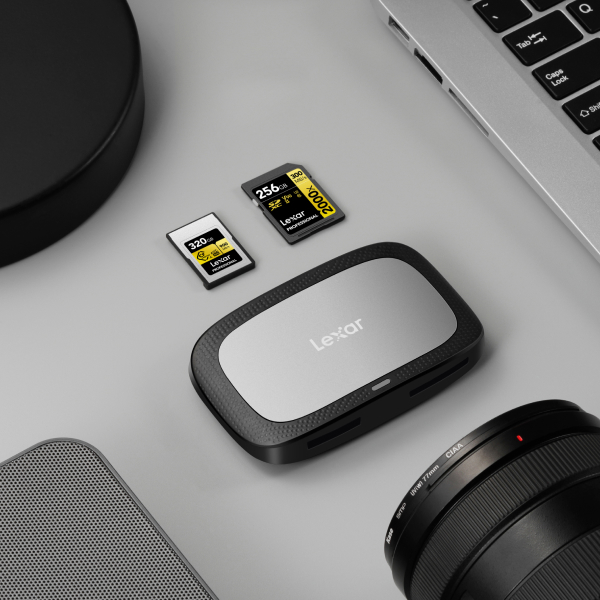

A structured video editing workflow ensures smooth production, faster rendering, and better file organization. At the core of that structure is intelligent storage use, dedicating the right drives to ingestion, editing, caching, and archiving keeps your system responsive and your workflow fluid.
1. Ingest & Organize Your Footage
✔ Transfer files from cameras, drones, or external devices using Lexar card readers.
✔ Use structured folder naming (e.g., Project_Name/RAW_Footage).
✔ Store active projects on fast NVMe SSDs for immediate access.
2. Edit & Process in High-Speed Storage
✔ Use NVMe SSDs for real-time video playback and multi-layer editing.
✔ Keep scratch disks and cache files on dedicated high-speed storage.
✔ Regularly save and back up project files to avoid data loss.
3. Render & Export with Optimized Performance
✔ Export projects to external SSDs for faster file transfers.
✔ Use Lexar high-capacity SSDs for archiving completed projects.
Following a structured video editing workflow improves efficiency and reliability across all stages of production.
How to Avoid Storage Bottlenecks in Video Editing
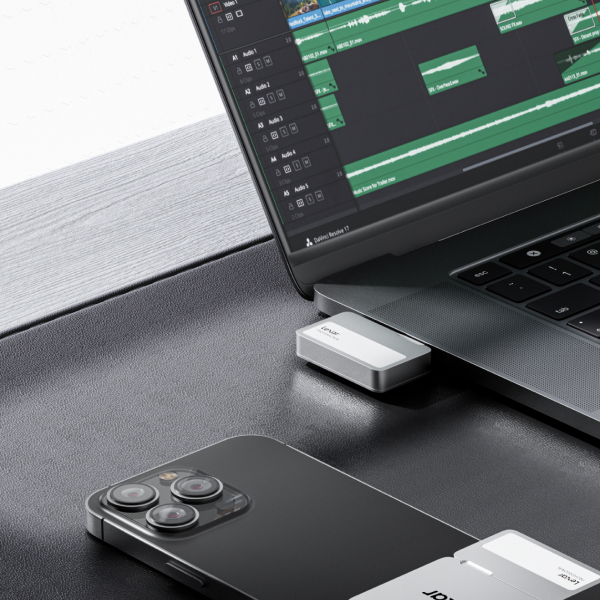
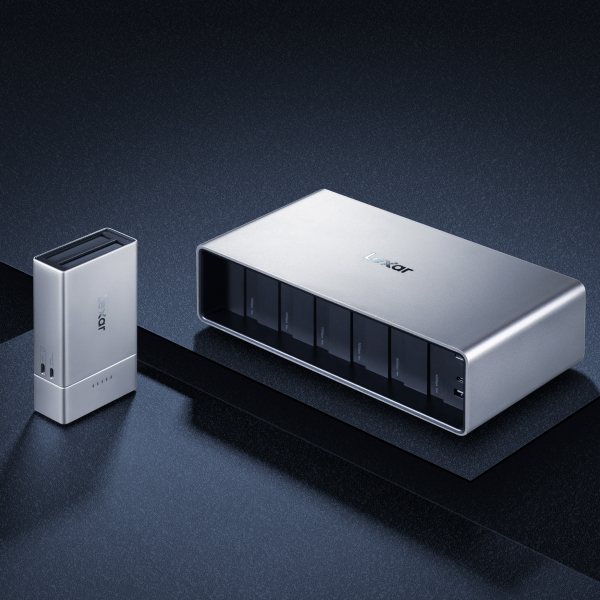
Even with a high-end editing rig, slow storage choices can create performance bottlenecks. No matter how powerful your CPU, GPU, or internet connection is, if your storage can’t keep up, your system will stall—because data can’t be processed faster than it’s delivered.
✔ Use NVMe SSDs Instead of Hard Drives: Delivers the speed needed for real-time editing of large video files
✔ Maintain 20–30% Free Space on SSDs: Prevents slowdowns and ensures consistent performance
✔ Set Up a Backup System Using DAS or RAID: Keeps projects protected without sacrificing speed
✔ Edit from External SSDs, Not HDDs: Faster read/write speeds reduce delays in post-production
Optimizing storage configurations prevents lags, slow exports, and workflow disruptions.
Future Trends in Video Editing Storage Technology
The demand for high-performance media storage continues to grow as video resolutions and file sizes increase. To meet these demands, new storage technologies are emerging that offer faster speeds, smarter file handling, and better scalability for professional editing environments.
✔ PCIe Gen 5 SSDs: Next-gen NVMe drives offer even faster speeds for video professionals.
✔ Cloud-Integrated Storage: Allows seamless remote collaboration for editors and filmmakers.
✔ AI-Powered Storage Optimization: Smart caching and AI-based file management improve editing efficiency.
✔ 8K & 12K Video Editing Storage Solutions: Faster SSDs and higher-capacity drives will be essential for future workflows.
Lexar is at the forefront of storage innovation, developing next-generation solutions for high-performance video editing workflows.
How to Optimize Your Editing Rig for Different Video Formats
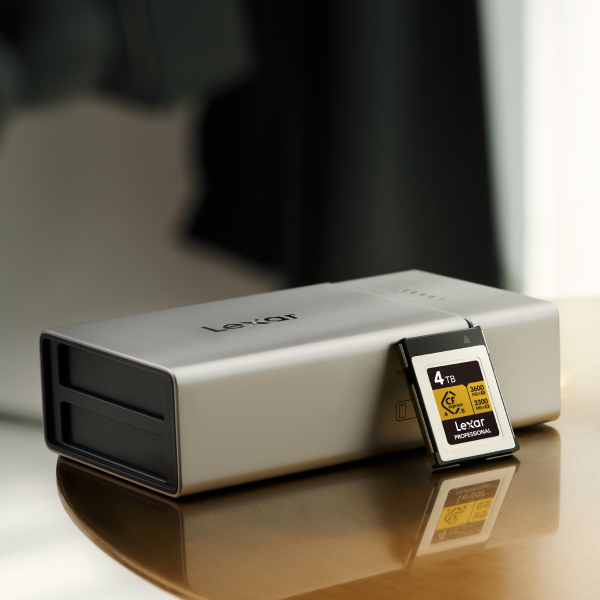
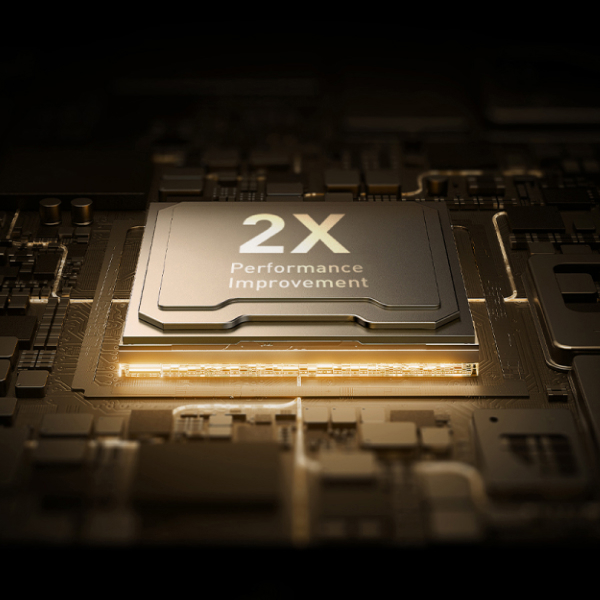
Different video formats have unique storage and processing requirements, making it essential to choose the right Lexar storage solutions for your specific workflow.
✔ 4K Editing: Requires high-speed NVMe SSDs and fast memory cards for real-time playback.
✔ 8K Editing: Requires high-speed CFexpress card readers and PCIe Gen 4 SSDs to move massive video files quickly into your editing environment.
✔ RAW & ProRes Editing: Needs large-capacity storage with high write endurance.
✔ VR & 360° Video: Uses multi-camera footage, requiring parallel high-speed storage for smooth playback.
Selecting the right media storage based on video format ensures flawless editing and rendering performance.
Best Practices for Managing Large Video Files
Editing high-resolution video requires efficient file management strategies to maintain workflow efficiency and prevent storage issues.
✔ Use Dedicated Scratch Disks: Keep editing cache files on a separate SSD to prevent slowdowns.
✔ Organize Project Files: Maintain a structured folder system to locate files quickly.
✔ Delete Unused Clips & Duplicates: Free up space by removing unnecessary footage.
✔ Use Proxy Editing for Large Files: Work with compressed proxies and switch to full-resolution for final exports.
✔ Regularly Defragment & Optimize Drives: Ensures peak performance for HDDs and SSDs.
Proper file organization and storage management enhance the efficiency of video editing workflows.
Comparing Different Lexar Storage Solutions for Video Editors

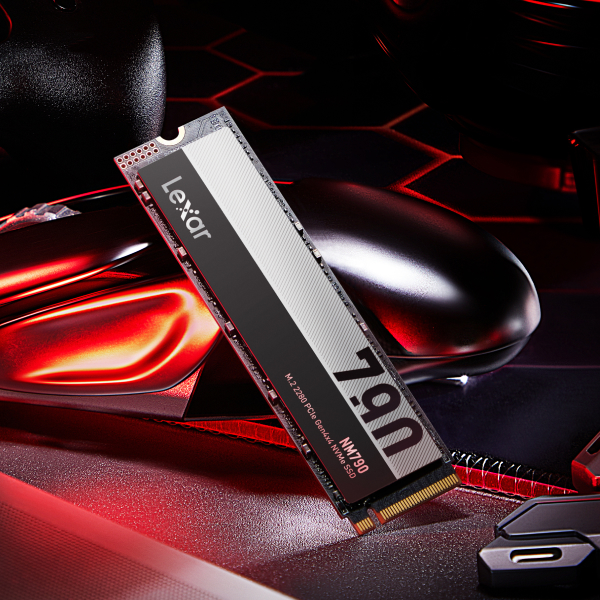
Choosing the best Lexar storage solution depends on file size, editing speed, and portability requirements.
| Lexar Storage Solution | Best For | Key Features |
| Lexar CFexpress Type B Cards | 8K RAW, high-bitrate video | Ultra-fast speeds, supports pro cameras |
| Lexar 2000x SDXC UHS-II | 4K video recording | High-speed UHS-II performance |
| Lexar NM790 NVMe SSD | Internal storage for editing | PCIe Gen 4 speeds, available with or without heatsink, ideal for real-time processing and sustained performance |
| Lexar SL500 Portable SSD with Magnetic Set | On-the-go editing | USB 3.2 Gen 2, compact design with magnetic cable management for organized, high-speed mobile workflows |
Each storage solution plays a critical role in optimizing video editing performance, whether for real-time editing, data backups, or on-location shooting.
How to Future-Proof Your Video Editing Setup
As video technology advances, editors can prepare for higher resolutions, larger files, and AI-driven workflows by taking some practical measures.
✔ Use AI-Based Storage Optimization: Smart caching and automated storage management will streamline workflows.
✔ Adopt Cloud-Integrated Editing: Remote collaboration will become more accessible with hybrid storage solutions.
✔ Prepare for 12K and HDR Workflows: New camera formats will demand higher storage speeds and capacities.
Keeping up with emerging storage technologies ensures long-term efficiency and scalability in video editing.
Lexar: Powering the Best Video Editing Setup with High-Speed Storage
Lexar provides professional-grade storage solutions for filmmakers, content creators, and video editors.
✔ High-speed NVMe SSDs: Optimized for real-time 4K/8K editing and rendering.
✔ Reliable memory cards & external SSDs: For on-location shooting and file transfers.
✔ Scalable storage solutions: Perfect for individual creators and collaborative editing teams.
Optimize your video editing workflow today with Lexar’s high-performance storage solutions.

